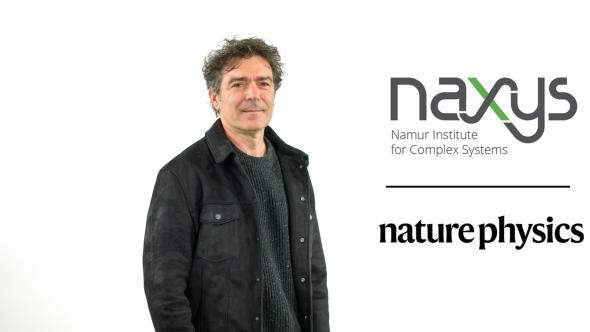The study, entitled "Topology shapes dynamics of higher-order networks" proposes a theoretical framework specifically designed to understand complex higher-order networks where several agents interact at the same time and thus generalize networks with their interactions in pairs. More precisely, the study shows how topology shapes dynamics, how dynamics learns topology and how topology evolves dynamically.
The aim of this work is to introduce physicists, mathematicians, computer scientists and network scientists to this emerging research field, as well as to define future research challenges where discrete topology and nonlinear dynamics mix.
With the data in their possession, the researchers show that real-life complex systems such as the brain, chemical reactions and neural networks can be easily modeled as higher-order networks, characterized by multi-body connections indicating the fact that several elements of the system interact simultaneously.
This international team is convinced that the visibility of their work through this publication in Nature Physics will open the door to new collaborations with other disciplines that rely on network analysis to study real complex systems.
Kudos to the team for this publication!

